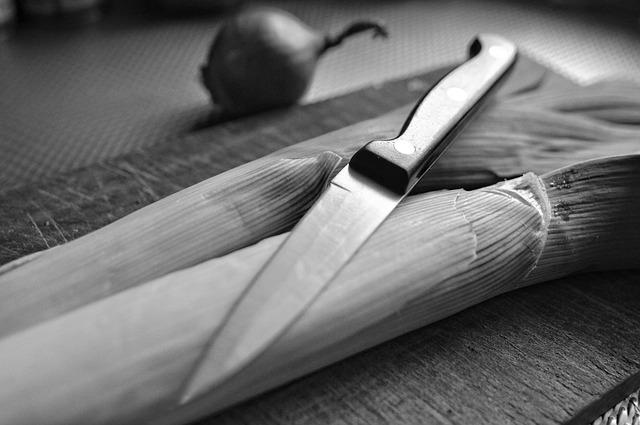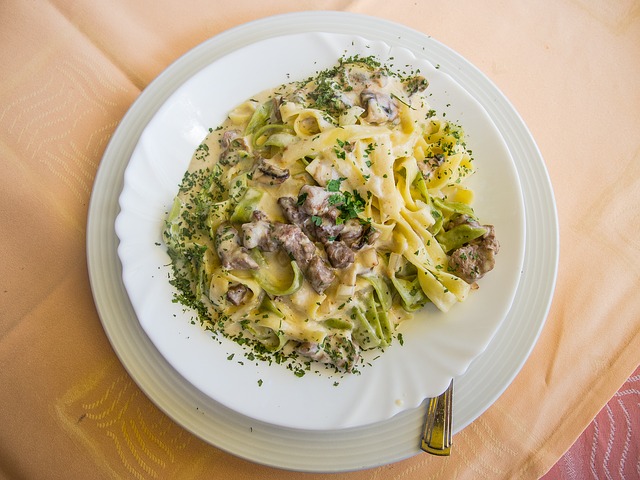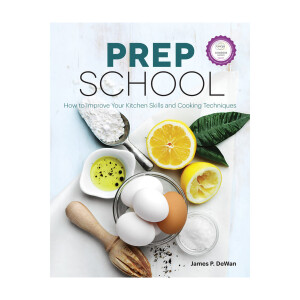
If you have never been taught how to cook, it can be difficult to learn. Even though your age may not be that important, you should still be able to cook basic meals. Start your journey by taking a free online cooking class, such as Cooking Academy. Here are some tips and tricks for beginners. Continue reading to find out more. Below are some tips that will help you succeed.
Preparation
It is important to ensure that all ingredients are safe before you start cooking. This begins at your local grocery store. Check for cracks or dents in canned goods packaging before you buy. These can be a sign of contamination. You should not buy foods from cans that appear damaged. This could mean they have been altered. Carefully wash and dry them after that. You should also store them in a dry place.
Ingredients
Whether you're a novice in cooking or a seasoned cook, there are many basic ingredients to consider when creating dishes. Adding spices to your dishes can help to enhance the overall flavour and taste. Basic spices are essential, regardless of whether you're making an American or European dish. Each cuisine has its own list of spices. Learn more about each type to create delicious meals for all.

Measurements
Before you can start cooking, it is important to understand the fundamental unit of measurement. There are two types, fluid and dry, of measuring units. While both have similar names, the volume of each unit is different. Most commonly, fluid measures are used in American recipe. Most of these measurements are based on earlier English units, such as tablespoons and teaspoons, and follow a pattern of binary submultiples.
Budgeting
The beginner's guide for meal planning is an excellent way to get started with food budgeting. It includes many great tips for sticking to budget. These tips will help to save money and eat well. Keep in mind that they are for educational purposes only, and are not meant to replace professional advice. Budgeting when cooking for beginners isn't as complicated as you might think. This guide will show you how to make nutritious meals on a limited budget.
Heat -
Heating your food is an important concept. It changes the molecular properties and can therefore alter the nutritional value of the food. There are many methods of transferring heat to food. Each method will produce different results. These tips will help you cook food faster and more effectively. Using the proper heat source for your dish is essential to ensure you get the best results.

Cleaning
Cleaning as you go is a great way to become more organized and more effective. It also takes discipline, which will become second nature after some time. Discipline will allow your mind to focus on the tasks rather than the mess. This method works well in offices where there is order. But is this really efficient? Let's take a look at the kitchen. Let's take a look.
FAQ
What ingredients do I need to purchase to cook?
You don’t always need to buy the ingredients. You can buy premade sauces or other items at most grocery stores. However, if you want to save money, then buying pre-made meals can be helpful.
Do I have to learn how to cook with my children?
Yes! Yes, kids love to help in kitchen. It's a great way to teach responsibility and teamwork. The whole process can be done by children, including washing and chopping vegetables. Children will love helping to cook if they are taught safe knife handling techniques.
Are there any free online cooking classes?
Many websites offer cooking lessons for free. YouTube has many videos that will show you how to cook different dishes. You may have access to thousands upon thousands of recipes on some websites. The sites typically charge a monthly fee but you can test them for free for a period of 30 days.
How much does culinary school cost?
The costs of culinary school can vary depending on where and how long it takes. Average tuition costs between $10,000 and $30,000. The average student graduates with $20,000 in debt. However, some programs offer scholarships, grants, and work-study opportunities.
Can you become a self-taught chef?
Self-taught cooking is possible! No matter how much you know, cooking is something that everyone enjoys. Learn how to cook at home. Start small with things like making pancakes or spaghetti sauce for your dinner. You can learn the most by trying new recipes and making mistakes. You might even make some mistakes.
It takes anywhere from several hours to several weeks to learn how to cook, depending on your skill level. Cooking is more than following recipes. There are many methods to prepare food.
Statistics
- You'll be amazed that over 90% of CIA students receive scholarships and grants to finish their culinary studies. (ischoolconnect.com)
- On average, chefs earn $58,740 a year, according to the BLS. - learnhowtobecome.org
- The median pay for a chef or head cook is $53,380 per year or $25.66/hour, according to the U.S. Bureau of Labor Statistics (BLS). (learnhowtobecome.org)
External Links
How To
How to make an omelet that is perfect
Omelets have always been a favourite food to eat for breakfast. But how do they turn out so perfectly? I have tried many different recipes and methods, but none of them work. So I am sharing some tips and tricks today to help you make fluffy, delicious omelets every morning.
When making omelets, it is important to be aware that eggs can be temperamental. They must be fresh, preferably from the organic market, and be kept cold until cooking. If you don't keep them cold enough, the whites won't form properly, and the yolks will break down too much and become runny. This causes your omelets to look oddly colored. It is best to use room-temperature eggs if you are going to cook them right away.
Another tip is to separate the egg before adding it to the pan. It is important not to allow any white to mix with the yolk as this could lead to the omelet becoming curdled.
The egg can burn if it is placed directly on the stovetop. Instead, microwave the egg for 10 seconds before adding it to the pan. The microwave heat cooks your egg just right, without it becoming too soft.
Next, let's discuss mixing the eggs. When you mix eggs together, you want to beat them well. You can do this by turning the bowl of your mixer upside down. Next, shake the bowl vigorously. This will whip the air around the bowl and mix the egg well.
The fun part begins - you need to pour the milk into your mixture. First, pour half of the milk into the beaten eggs and then fold the eggs gently into the remaining milk. Do not worry if you see streaks of egg; they will disappear when the omelet is flipped.
After folding the eggs, place the pan on medium heat and wait for the oil to start sizzling. When the oil is hot enough, add 1/4 cup butter to the pan. Stir it around until the butter covers the entire pan. Next, carefully open the lid and sprinkle salt into your pan. Salt will prevent the omelet sticking to the pan.
Once the omelet forms, cover the pan again. Let the top side set completely. Flip the omelet over using a spatula or flip the pan upside down. Cook the other side for about a minute. Take out the omelet and place it in a bowl.
This recipe works best with whole milk, but skimmed milk also works.